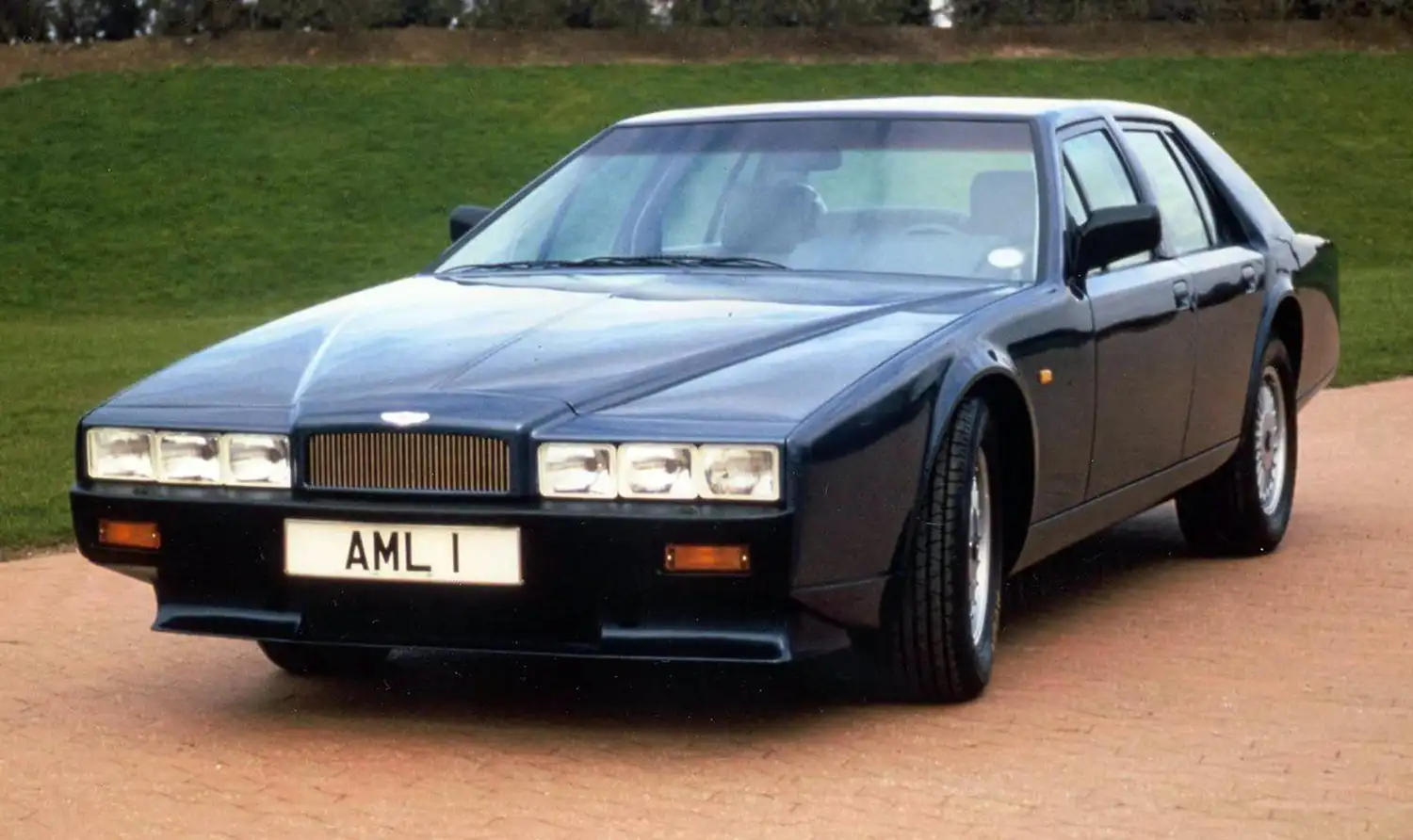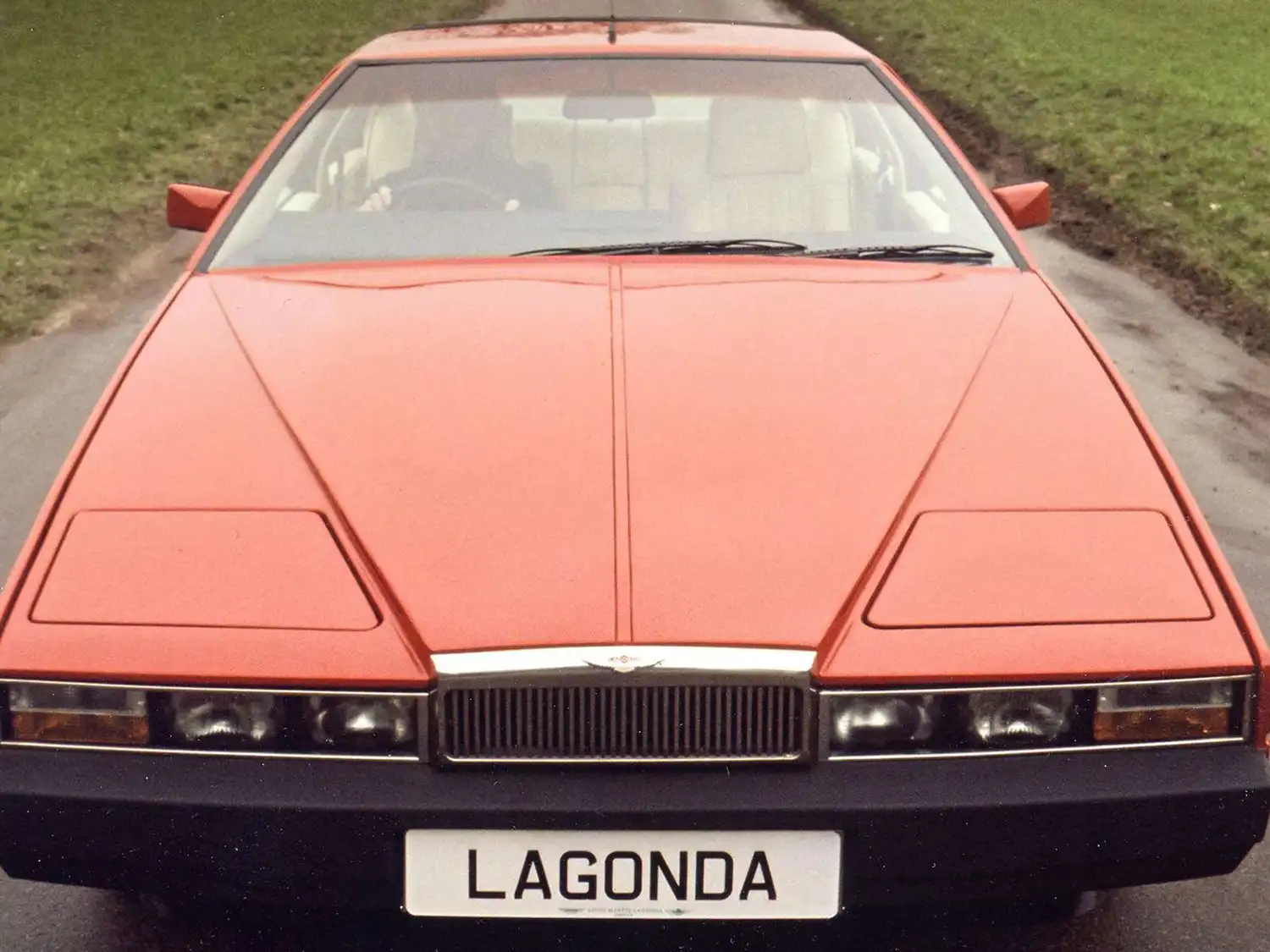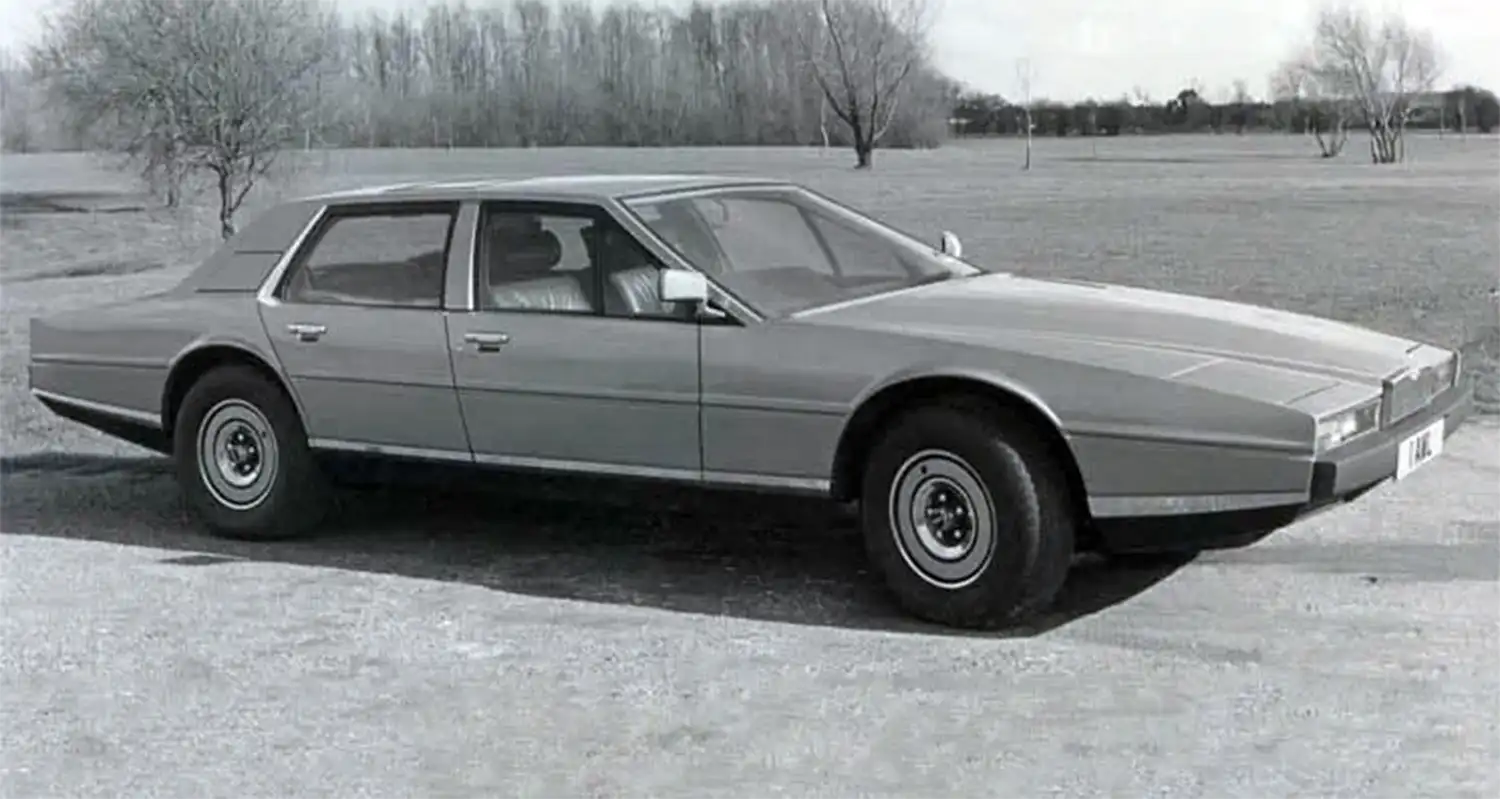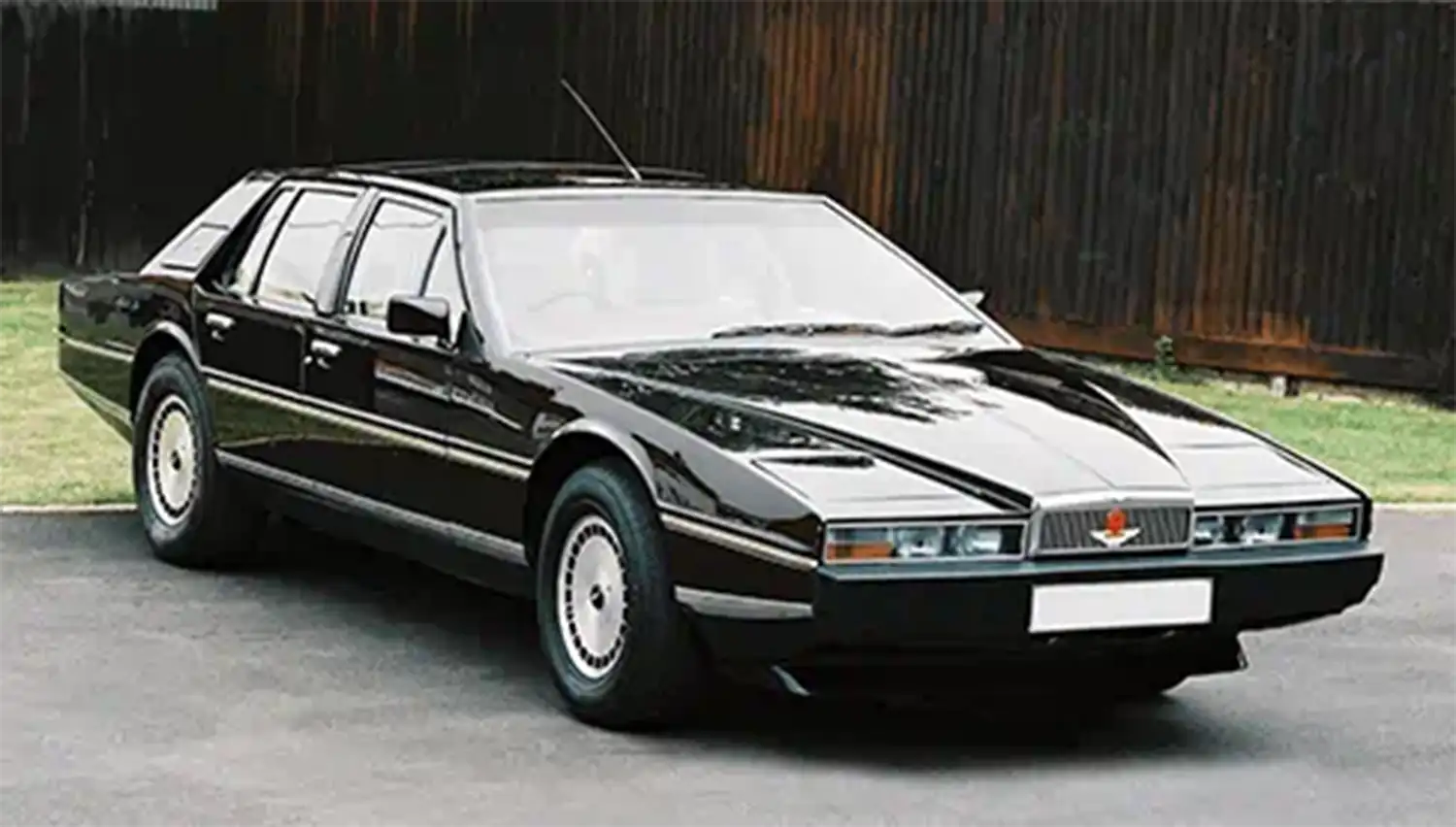
In October 1976, Aston Martin unveiled a groundbreaking model that would make waves in the automotive world—the Aston Martin Lagonda. Designed by the visionary William Towns, the Lagonda was a bold departure from traditional luxury cars, introducing a striking new 4-door sedan that showcased cutting-edge technology for its time.
Design and Initial Production
The Lagonda was notable for its futuristic solid-state digital instrumentation, a feature that set it apart from other vehicles of the era. This innovative approach generated considerable buzz, particularly among high-profile buyers in the Middle East, and the order book filled rapidly. Despite the initial excitement, production was slow, with only one car rolling off the assembly line per week. It wasn’t until 1979 that the first Lagonda was delivered to customers, and the model was finally cleared for sale in the United States in 1982.
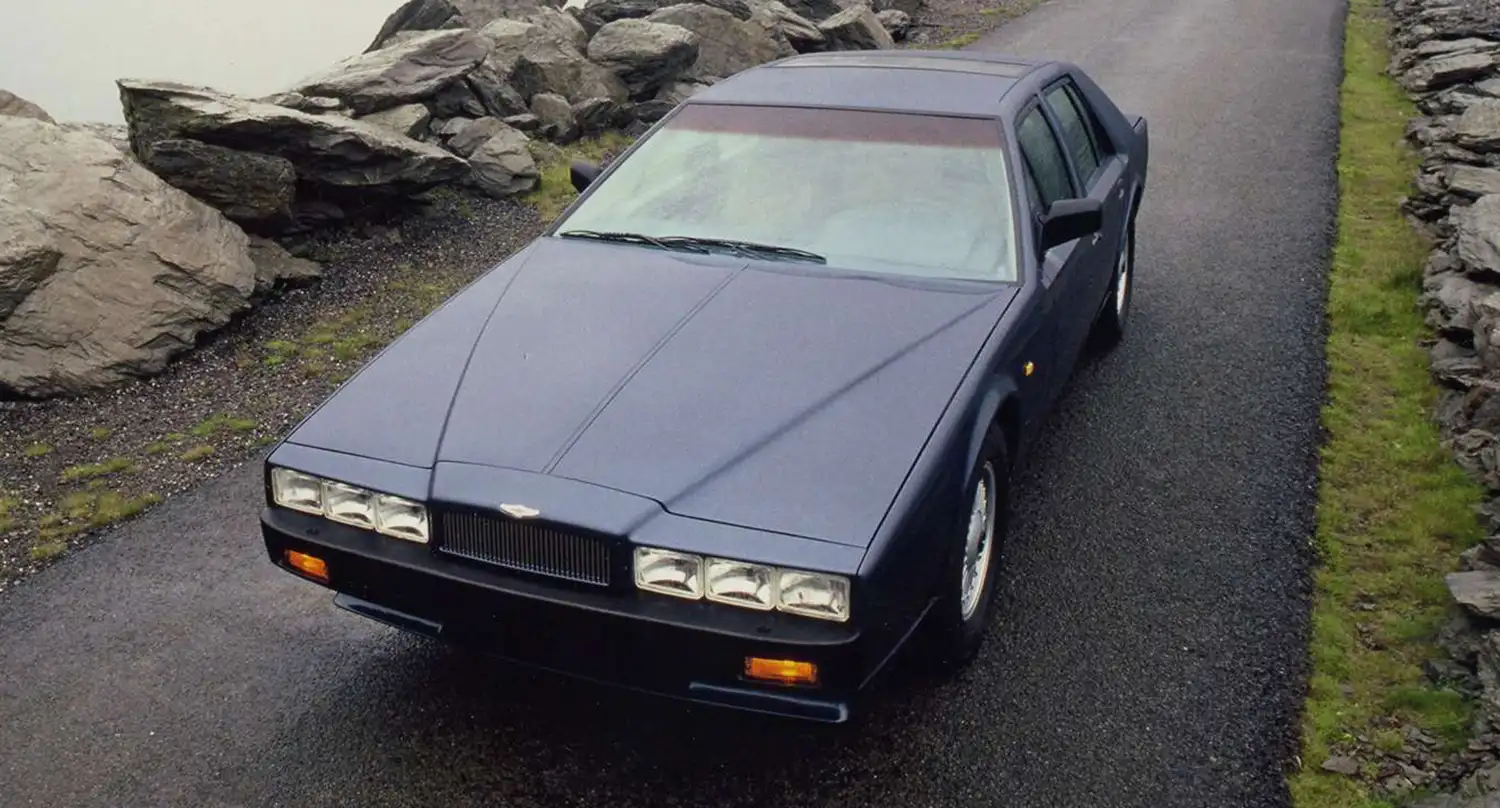
The Tickford Lagonda
In 1983, Aston Martin’s in-house coachbuilding subsidiary, Tickford, introduced a special version of the Lagonda. The ‘Tickford Lagonda’ featured design elements that reflected the styling trends of the early 1980s, including flared body panels and full-color coding. The luxurious interior was further enhanced with cocktail cabinets, upgraded hi-fi equipment, color televisions, and a video player. For those desiring extra opulence, an extended wheelbase ‘limousine’ version was also available.
Enhancements and Updates
The Lagonda received a significant update in 1987, with William Towns refining the car’s design to give it a more modern look. The redesign included a new front end, where six smaller lights replaced the original pop-up headlamps, and new 16-inch alloy wheels. This refreshed design contributed to the Lagonda’s continued appeal throughout its production run.
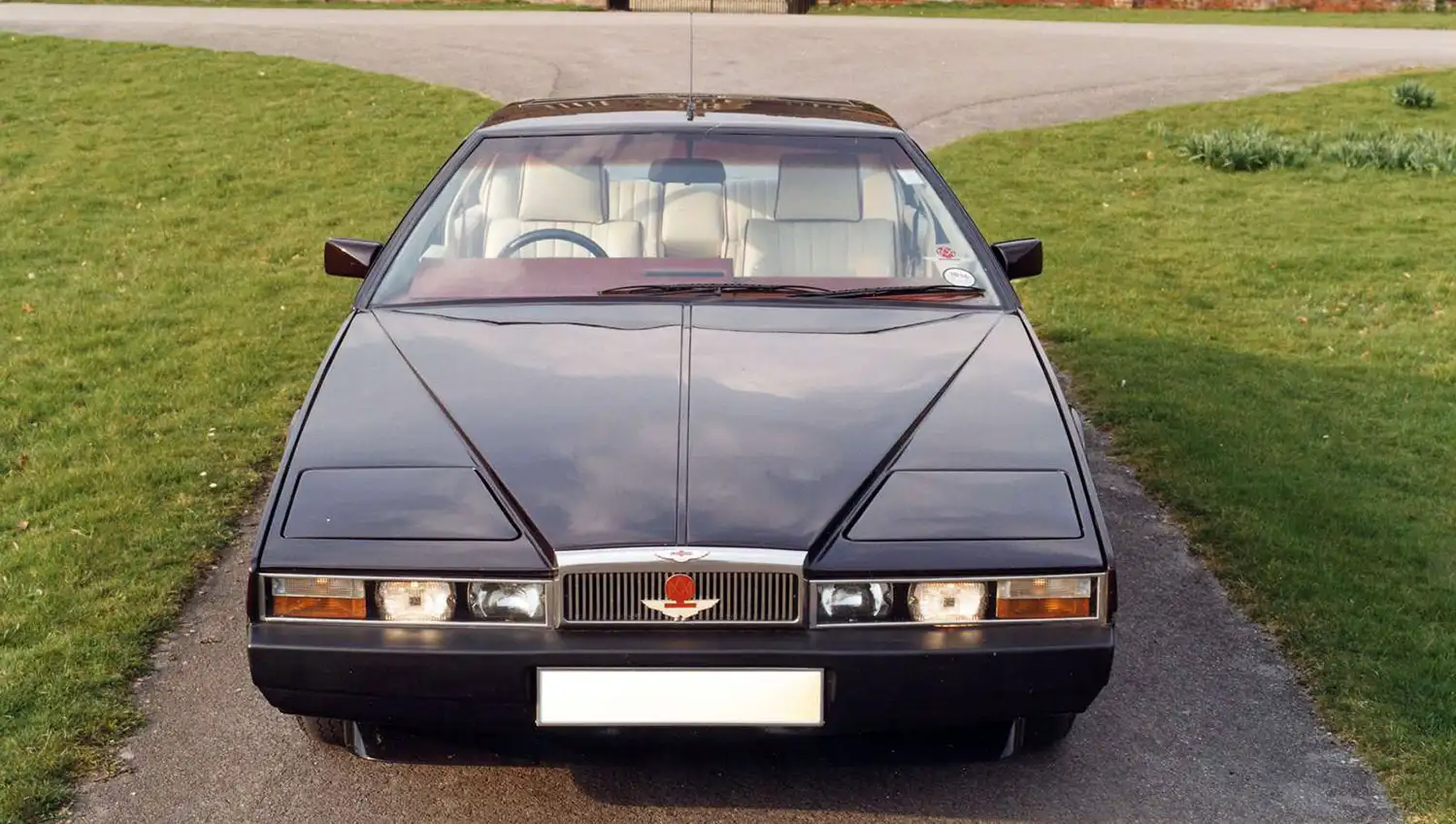
Specifications and Performance
The Aston Martin Lagonda was powered by a 5.3-liter DOHC V8 engine, delivering 280 bhp at 5,000 rpm and 360 lb-ft of torque at 3,000 rpm. It featured advanced suspension systems, including telescopic shock absorbers with an anti-roll bar at the front and self-leveling coil springs and shock absorbers at the rear. The car’s dimensions measured 5,283 mm in length, 1,816 mm in width, and 1,302 mm in . With a top speed of 148 mph and a 0-60 mph acceleration time of 7.9 seconds, the Lagonda offered both luxury and impressive performance.
The Lagonda’s production spanned from 1974 to 1990, with a total of 645 chassis built before the end of its run. Each vehicle required approximately 2,200 man-hours to assemble, and only about 25 units were produced annually for the U.S. market.
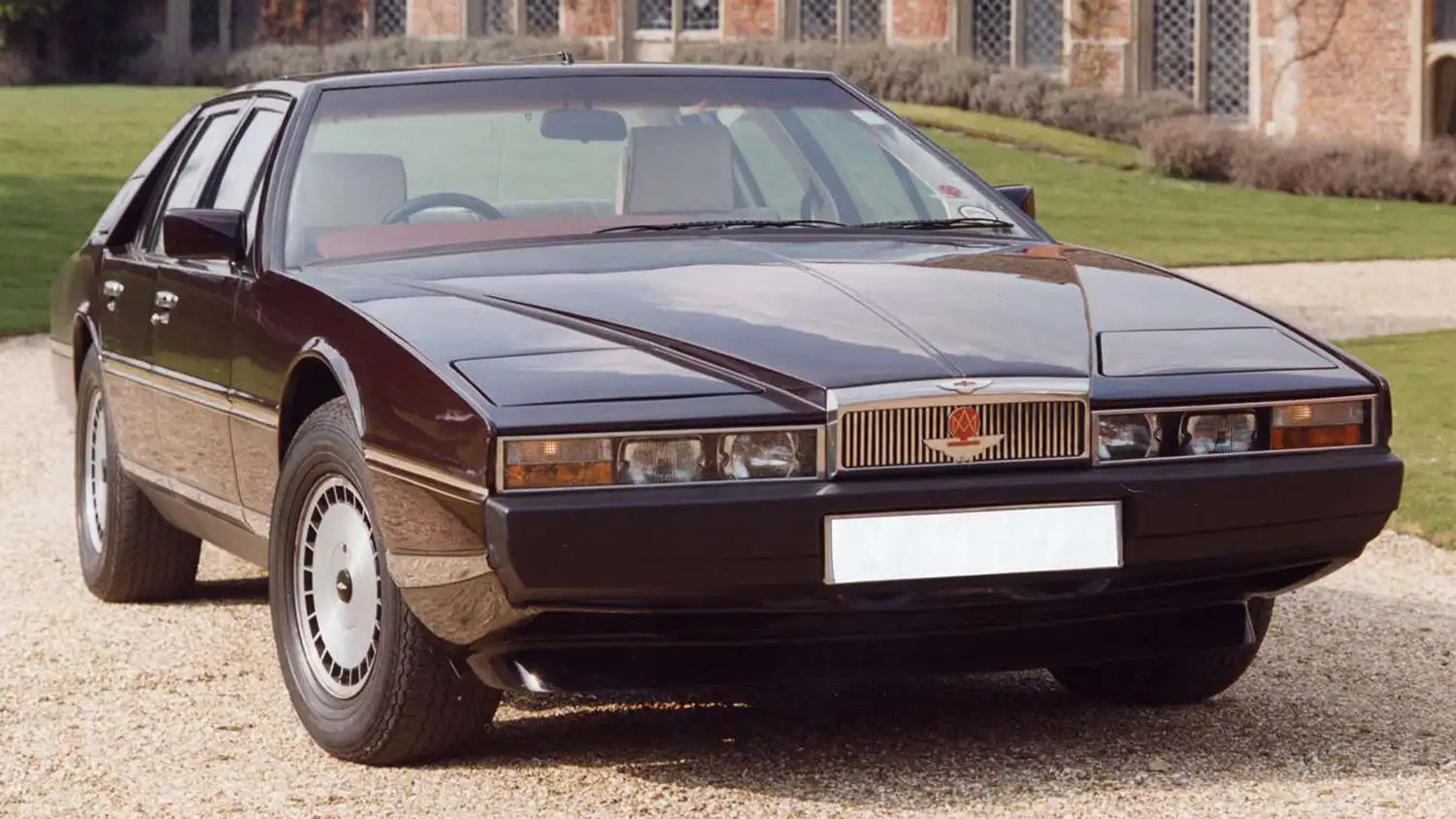
Legacy
The Aston Martin Lagonda remains a symbol of luxury and innovation from the late 20th century. Its blend of futuristic technology, opulent design, and performance has left a lasting impression on automotive enthusiasts and collectors alike.
Source: Aston Martin
This Article use tools from Chatgpt
